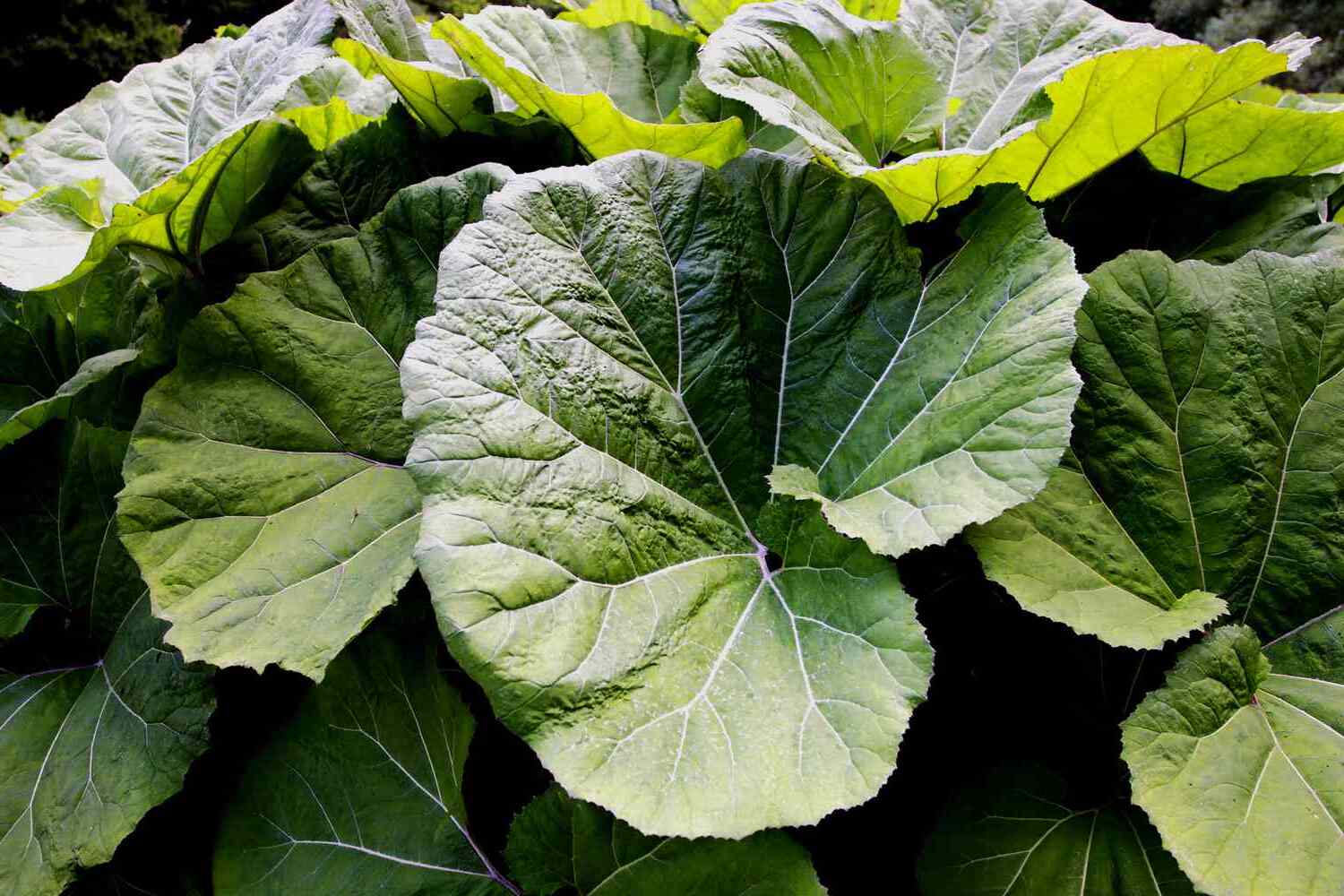
Butterbur is a fascinating plant with a rich history and many uses. Known scientifically as Petasites hybridus, this perennial herb has been used for centuries in traditional medicine. Butterbur grows in damp environments like riverbanks and marshes, making it a common sight in Europe, Asia, and North America. Its large, heart-shaped leaves can grow up to three feet wide, providing a natural umbrella for small creatures. Historically, people used these leaves to wrap butter during warm weather, hence the name Butterbur. Today, it's often praised for its potential health benefits, including relief from migraines and allergies. Curious about what else this plant can do? Let's dive into 38 intriguing facts about Butterbur!
What is Butterbur?
Butterbur is a perennial plant found in wet, marshy areas. Known for its large, heart-shaped leaves, this plant has been used for centuries in traditional medicine. Let's dive into some fascinating facts about butterbur.
-
Scientific Name: The scientific name for butterbur is Petasites hybridus.
-
Family: Butterbur belongs to the Asteraceae family, which also includes daisies and sunflowers.
-
Native Regions: This plant is native to Europe and parts of Asia.
-
Common Names: Butterbur is also known as bog rhubarb, butter dock, and flapperdock.
-
Historical Use: Historically, butterbur leaves were used to wrap butter during warm weather, hence the name.
Medicinal Uses of Butterbur
Butterbur has been utilized in traditional medicine for various ailments. Here are some intriguing facts about its medicinal properties.
-
Migraine Relief: Butterbur extract is often used to prevent migraines.
-
Allergy Relief: It can help alleviate symptoms of hay fever and other allergies.
-
Anti-inflammatory: Butterbur contains compounds that have anti-inflammatory properties.
-
Asthma Treatment: Some studies suggest butterbur may help reduce asthma symptoms.
-
Digestive Aid: Traditionally, butterbur was used to treat stomach cramps and other digestive issues.
Butterbur in Modern Medicine
Modern science has taken an interest in butterbur, leading to some noteworthy discoveries.
-
Petasin and Isopetasin: These are the active compounds in butterbur responsible for its medicinal effects.
-
Standardized Extracts: Modern supplements use standardized extracts to ensure consistent dosages.
-
Safety Concerns: Raw butterbur contains pyrrolizidine alkaloids (PAs), which can be toxic. Always use PA-free supplements.
-
Clinical Trials: Several clinical trials have supported the efficacy of butterbur in treating migraines and allergies.
-
Regulation: In some countries, butterbur supplements are regulated to ensure they are free of harmful PAs.
Growing Butterbur
Interested in growing your own butterbur? Here are some facts to get you started.
-
Ideal Conditions: Butterbur thrives in wet, marshy areas with partial shade.
-
Propagation: It can be propagated through root division or seeds.
-
Soil Requirements: Prefers rich, moist soil.
-
Maintenance: Requires regular watering, especially in dry conditions.
-
Invasive Nature: Butterbur can be invasive, so it's best to plant it in a contained area.
Butterbur in Cuisine
While not commonly used in modern cuisine, butterbur has some culinary applications.
-
Edible Parts: The young shoots and leaves are edible when cooked.
-
Traditional Dishes: In Japan, butterbur is used in a dish called "fuki no tou."
-
Preparation: The shoots are often blanched to remove bitterness before cooking.
-
Nutritional Value: Butterbur is low in calories and contains some vitamins and minerals.
-
Flavor Profile: It has a slightly bitter, earthy taste.
Environmental Impact of Butterbur
Butterbur can have both positive and negative impacts on the environment.
-
Erosion Control: Its extensive root system helps prevent soil erosion.
-
Habitat: Provides habitat for various insects and small animals.
-
Invasive Species: In some regions, butterbur is considered invasive and can outcompete native plants.
-
Biodiversity: Can reduce biodiversity if it becomes too dominant in an area.
-
Water Quality: Helps improve water quality by stabilizing soil in wet areas.
Fun Facts About Butterbur
Here are some fun and quirky facts about this fascinating plant.
-
Giant Leaves: Butterbur leaves can grow up to 3 feet wide.
-
Early Bloomer: One of the first plants to bloom in spring, often before the leaves appear.
-
Pollination: Butterbur flowers are pollinated by flies and beetles.
-
Historical Uses: Used in medieval times to treat plague and fever.
-
Folklore: In some cultures, butterbur was believed to ward off evil spirits.
-
Butterfly Magnet: Attracts butterflies and other pollinators.
-
Natural Dye: Can be used to produce a yellow dye.
-
Longevity: Butterbur plants can live for several decades.
Butterbur: A Plant Full of Surprises
Butterbur isn't just another plant. It's packed with interesting facts and potential benefits. From its medicinal uses to its unique growth habits, this plant has a lot to offer. Whether you're interested in natural remedies or just love learning about botanical wonders, butterbur is worth your attention.
Remember, though, always consult a healthcare professional before using it for any medical purposes. Some parts of the plant can be toxic if not prepared correctly. But with proper knowledge and care, butterbur can be a fascinating addition to your herbal repertoire.
So next time you see this unassuming plant, you'll know there's more to it than meets the eye. Dive into the world of butterbur and discover its many hidden gems. Happy exploring!
Was this page helpful?
Our commitment to delivering trustworthy and engaging content is at the heart of what we do. Each fact on our site is contributed by real users like you, bringing a wealth of diverse insights and information. To ensure the highest standards of accuracy and reliability, our dedicated editors meticulously review each submission. This process guarantees that the facts we share are not only fascinating but also credible. Trust in our commitment to quality and authenticity as you explore and learn with us.
